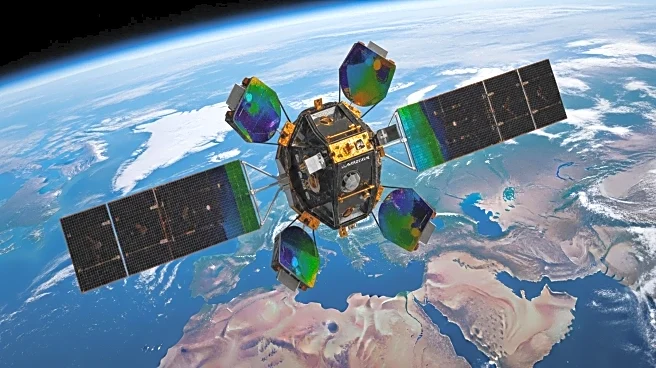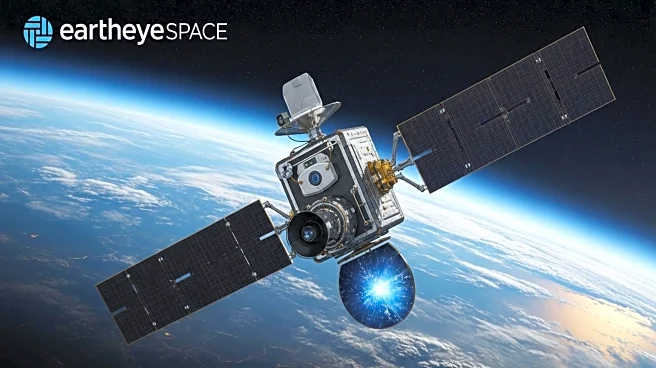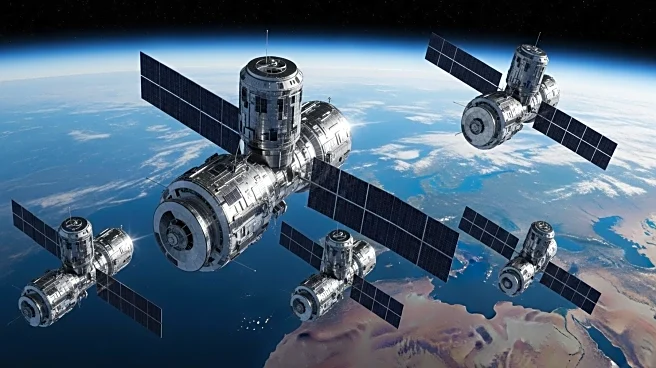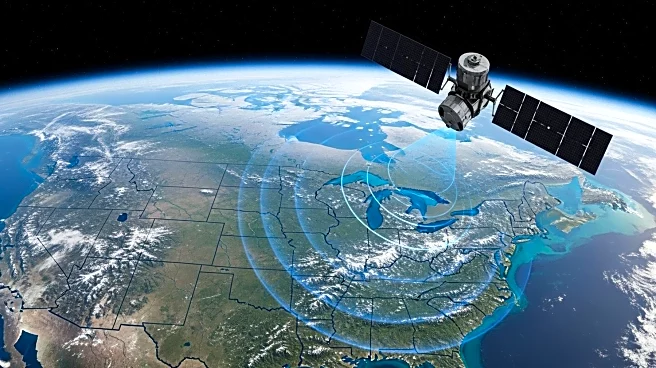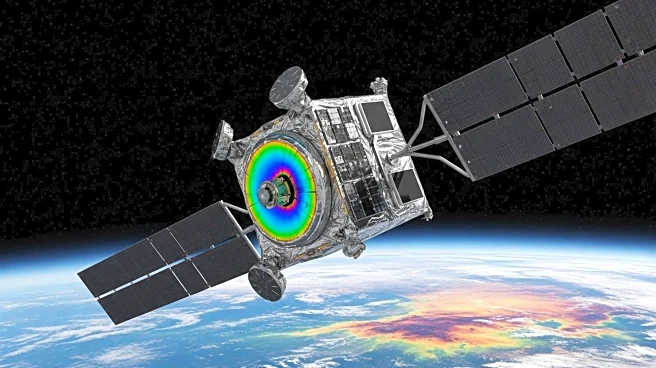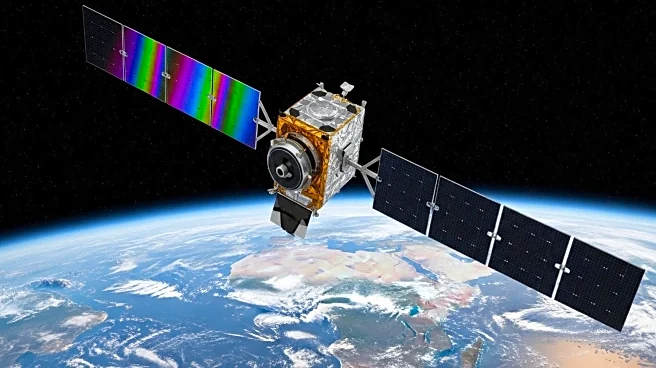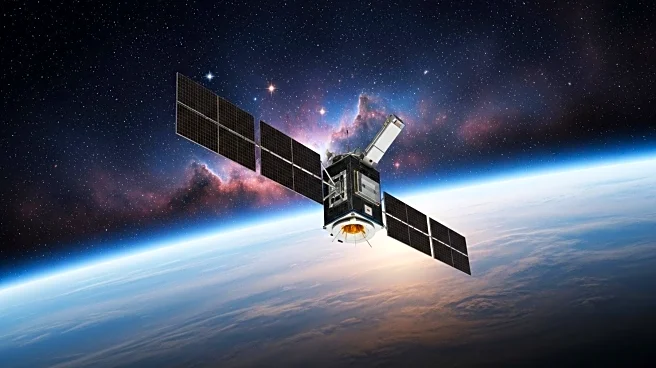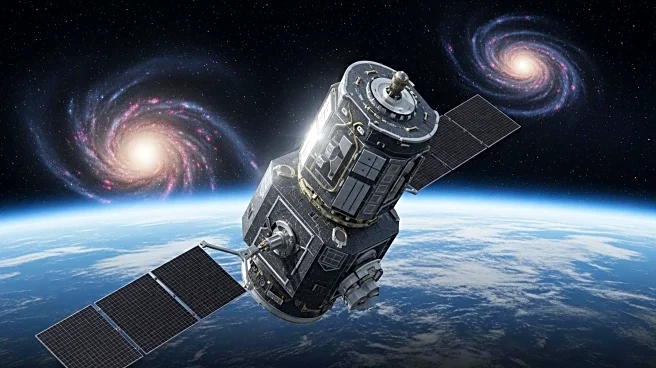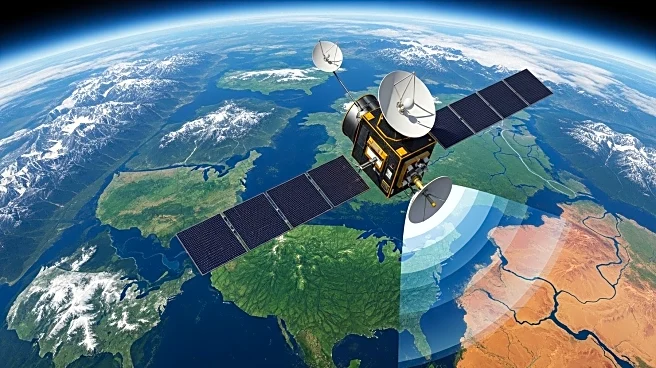What is the story about?
What's Happening?
Since its launch in 1972, the Landsat program has evolved significantly, enhancing Earth observation capabilities through advanced spectral bands. The Multispectral Scanner System (MSS) and subsequent Thematic Mapper (TM) sensors have provided critical data for environmental monitoring, agriculture, and geological studies. Landsat 8 and 9 continue this legacy with improved spectral bands, aiding in water management, fire detection, and land use monitoring.
Why It's Important?
Landsat's spectral bands are crucial for tracking environmental changes and supporting sustainable resource management. The data aids in assessing vegetation health, monitoring water quality, and detecting natural disasters. As climate change impacts intensify, the ability to accurately monitor Earth's surface becomes increasingly vital for policymakers and scientists.
What's Next?
Future Landsat missions will likely focus on enhancing spectral resolution and expanding applications in climate science and urban planning. Continued collaboration with international partners will ensure the program's data remains a cornerstone of global environmental monitoring efforts.
Beyond the Headlines
The evolution of Landsat's spectral bands reflects broader trends in remote sensing technology, emphasizing the importance of innovation in environmental science. The program's success demonstrates the value of long-term investment in Earth observation systems.
AI Generated Content
Do you find this article useful?
